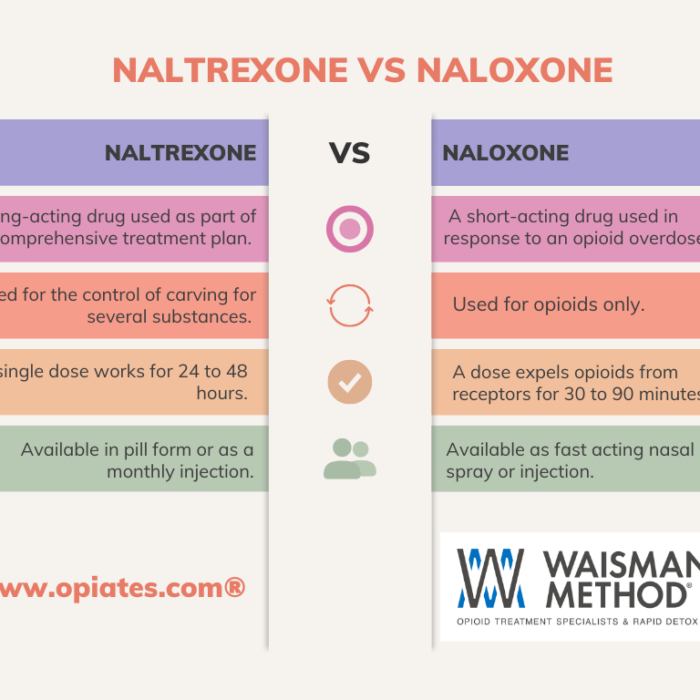More than 4 million Americans over the age of 12 have used heroin at least once in their lives, according to the National Institute on Drug Abuse. Most people try heroin to explore its euphoric effects but end up experiencing some very unexpected and adverse effects of heroin use. About 23 percent of those who use heroin become physically dependent on it, meaning they must continue taking heroin to avoid profoundly uncomfortable and protracted withdrawal symptoms. In addition to heroin addiction, this opioid drug can cause other harmful heroin effects.
Exceptional Care & Better Outcome. Get In Touch With Us Today!
The Effects of Heroin Use – How Heroin Affects Your Body
Heroin users consume this drug by injecting, inhaling, or smoking it. Inhaling or smoking heroin introduces the drug into the lungs and then into tiny capillaries, which take the opioid into the bloodstream. Injection places heroin directly into the bloodstream. Once inside the bloodstream, all three routes of administration deliver heroin to the brain quickly.
Short-Term Effects of Heroin Use
Once inside the body, heroin gets converted into morphine, which quickly binds to opioid receptors. This causes the surge of euphoria, or “rush,” that makes heroin attractive as a recreational drug. A warm flushing of the skin, a heavy feeling in the extremities, and a dry mouth often accompany the rush. Sometimes severe itching, nausea, and vomiting occur. This rush’s intensity can depend on the dose, this size of the consumer, and the speed at which heroin enters the brain to bind to receptors.
After the initial rush, heroin causes drowsiness and clouded mental function for several hours. During this time, the consumer’s heart function and breathing slow. In some cases, slowed breathing can lead to coma, permanent brain damage, or even death from overdose.
Long-Term Effects of Heroin Use
Repeated heroin use may alter the physical structure of the brain. These changes cause long-term imbalances in the nervous system and hormonal systems – some of these changes are difficult to reverse. Heroin use can deteriorate the white matter of the brain, affecting the individual’s ability to make decisions, normal behavior, and respond appropriately to stressful situations.
Heroin also causes tolerance and dependence. Tolerance is a condition where the individual must take stronger doses of heroin to achieve the same effects. In most cases, a physically dependent person must continue to take heroin to avoid experiencing withdrawal symptoms, which usually include restlessness, muscle and bone pain, vomiting and diarrhea, chills, goosebumps, insomnia, and muscle tremors. Symptoms peak 24 to 48 hours after the final dose of heroin but may persist for weeks or even months.
Repeated heroin use can result in addiction, a condition characterized by drug-seeking behavior despite the consequences. Addiction makes seeking and using heroin the primary purpose of the individual’s life. Heroin administered via any route is exceptionally addictive. Still, injection and smoking heroin present a higher risk for addiction because these administration routes allow heroin to reach the brain the fastest.
Possible Health Risks caused by Heroin Addiction
Heroin addiction and chronic heroin use can cause a variety of medical complications ranging from mild to severe. Mild complications include insomnia and constipation. Pneumonia, tuberculosis, and other lung complications may occur due to the user’s poor health and the way heroin depresses breathing. Depression, antisocial personality disorder, and other mental disorders may occur. Men who use heroin regularly may experience sexual dysfunction, while female users’ menstrual cycle may become irregular.
Specific administration routes present complications. People who snort heroin regularly can damage the mucosal tissue in their noses. Also, they can perforate the membrane separating the nasal passages, known as the nasal septum. A continuous injection can lead to scarred or collapsed veins, bacterial infections of the heart valves and blood vessels, boils, and other infections. Street heroin may contain additives that dissolve poorly and ultimately clog blood vessels leading to vital organs, including the lungs, liver, kidney, and brain, which can eventually cause small patches of dead cells in these organs. The body’s immune response to these additives or other contaminants may even cause rheumatologic problems, such as arthritis.
Sharing needles or fluids while shooting heroin impart some of the most harmful heroin effects. HIV, hepatitis B, hepatitis C infection, or other blood-borne viruses are just some of these dreadful consequences. Drug abusers can pass these diseases on to their sexual partners and children.
If you or someone you love uses heroin, and you are concerned about its effects, schedule an appointment with a Waismann Method ® professional.
Source
DrugFacts: Heroin. The Science of Drug Abuse & Addiction. National Institute on Drug Abuse. Retrieved on April 7, 2015.















